Avoca Beach Picture Theatre lodge updated designs to redevelopment
New designs for the redevelopment of Avoca Beach Picture Theatre have been revealed. See the latest images here while taking a trip down memory lane.

Central Coast
Don't miss out on the headlines from Central Coast. Followed categories will be added to My News.
Avoca Beach Picture Theatre has revealed updated designs along with its plan to pay homage to the history of the iconic site.
It comes as the journey to this major redevelopment in Avoca clocks more than 20 years for owners Norman and Beth Hunter who are keen to expand and modernise the site while also retaining the existing character locals and visitors have come to know and love.
Johnson Projects has lodged amended plans to the theatre’s wedevelopment which are currently on public exhibition with Central Coast Council.
The plans include a new building to house four cinemas, five residential units, basement carparking, foyer and terraces.
The original building will be retained, including the cinema, and converted it into an entrance foyer, box office and cafe.
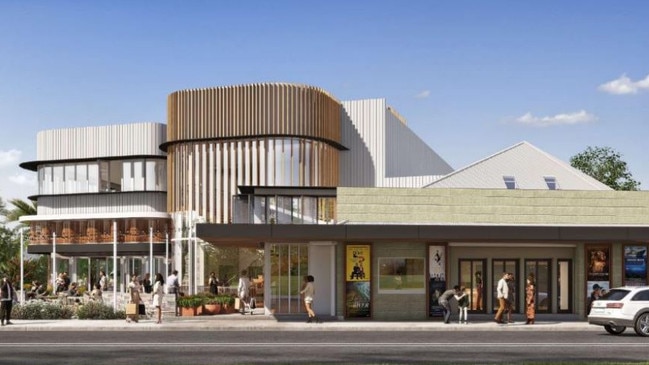
There will also be multipurpose function/cinema rooms, basement carparking as well as
three stories of residential apartments above.
The “architectural design statement” says the latest designs seek to modernise the earlier plans and create a prominent street frontage.
Plans include a large foyer space and feature staircase, front courtyard, additional theatres and foyers to be located in the centre of the building, private residences with large balconies and materials proposed to fall in with the local coastal landscape.
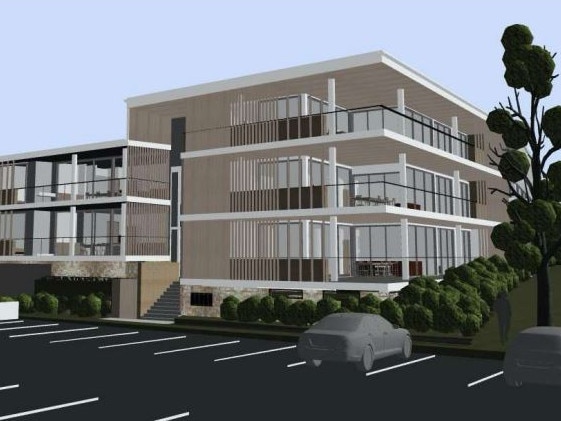
“The overall design aims to create a building that is respective of its past and origins while providing the community with a building that is responsive to the future, evolving as it needs to meet changing social, economic, and cultural factors,” CKDS Architects state.
An updated heritage report has revealed how the redevelopment will tell the history of the theatre through displays and retaining the existing theatre “corner” which would become a meeting place for visitors.
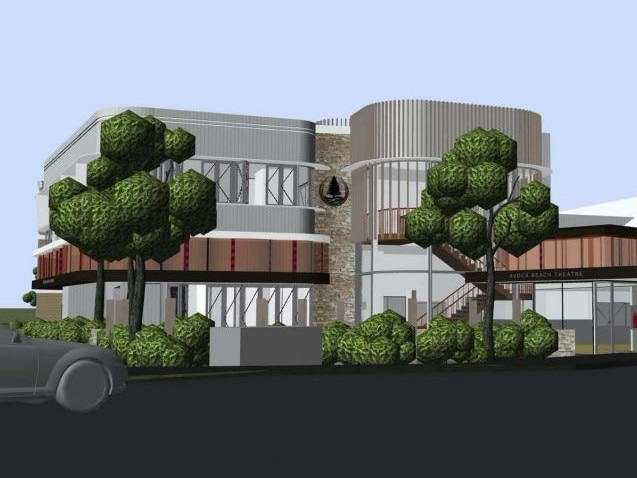
“The installation will provide for and facilitate interpretation, so that the community and visitors can continue to experience, appreciate and learn about this place,” the report states.
It outlines the rich history of the theatre which started when the Hunter family showed homemade films in their backyard in Cliff Ave with neighbours and friends.
When their films became too popular and progressed to documentaries, the idea for an Avoca cinema was born. It was designed by Gosford architect T.A. Mayo in 1950 and opened by Norman and Mervyn Hunter in 1951.
The theatre has stayed in the Hunter family for more than 70 years.
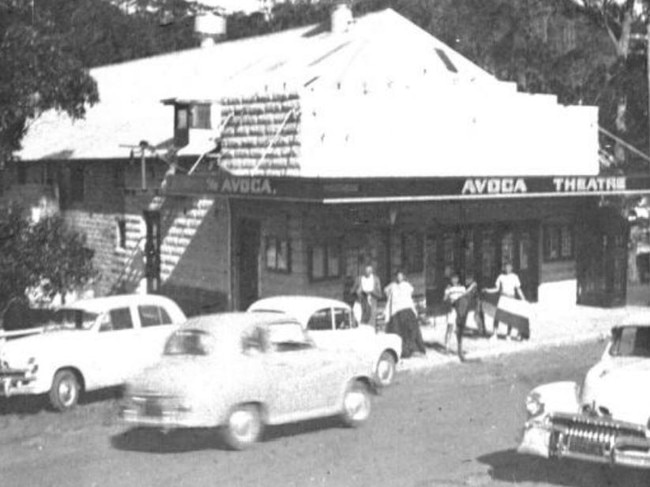
“They are very aware of the theatre’s value to the local community and that this goes beyond just being a cinema,” the report states.
It says that while the theatre is not heritage listed, it has historical and social value and is known well beyond the Central Coast.
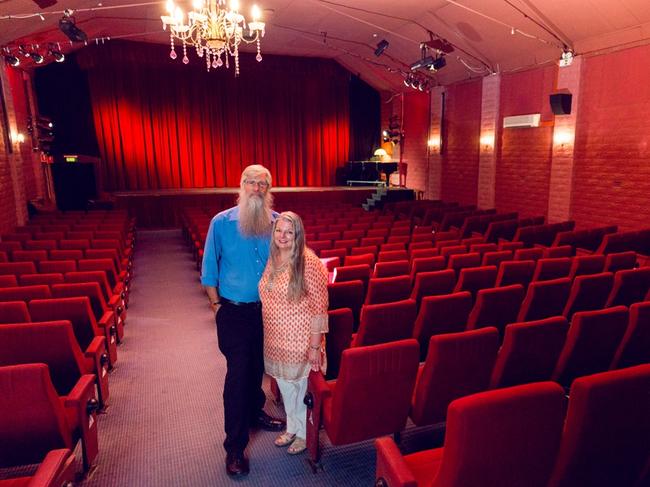
“The business of exhibiting films in a cinema has faced many challenges from technology and competition. It has survived when others did not. As a single-screen, regional cinema it is also quite rare.
“Ironically, that single-screen attribute and charm also challenges its ongoing viability when faced with the multi-screen exhibitor competition and the requirements of film distributors.”
The saga of the picture theatre redevelopment started in 2002 when the Hunters bought the $1.8 million block of land next to the existing theatre, and started the rezoning process.
The former Gosford City Council rejected the DA in 2015 due to impacts on the heritage character and qualities of the theatre.
When the Land and Environment Court handed down its decision to approve the development in 2017, Mr Hunter said the project was 11 years behind. The court found the building not worthy of heritage listing.
At the time the issue divided the Avoca community with many saying it will exacerbate existing parking dramas while many have supported the Hunters and plans to bring the theatre into the 21st century.





